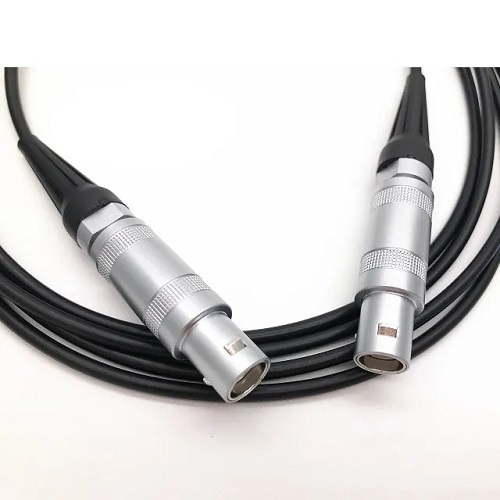How do you use a waterproof connector?
2023-10-12
Using a waterproof connector involves ensuring a secure and watertight electrical or signal connection in environments where moisture, water, or other liquids may be present. Waterproof connectors are commonly used in various applications, such as outdoor electronics, marine equipment, automotive systems, and industrial settings. Here's a general guide on how to use a waterproof connector:

1. Select the Right Connector: Choose a waterproof connector that suits your specific needs. There are various types of waterproof connectors, such as circular connectors, rectangular connectors, and cable glands. Ensure that the connector you select is appropriate for your application in terms of size, voltage, and current rating.
2. Prepare the Cable: Prepare the cables you intend to connect by stripping the outer insulation to expose the individual conductors. Make sure the wires are clean and free of any debris or moisture.
3. Check Sealing Components: Many waterproof connectors come with sealing components like O-rings or gaskets. Inspect these components to ensure they are in good condition and properly positioned within the connector.
4. Connector Assembly:
a. Insert the Cable: Insert the prepared cable through the cable gland or connector body, ensuring that the conductors are correctly aligned with the connector's pins or sockets.
b. Tighten the Gland: If your connector has a cable gland, tighten it securely around the cable. This helps create a watertight seal between the cable and the connector body.
c. Connect the Pins or Sockets: If your connector has pins and sockets, connect them according to your electrical or signal requirements. Ensure proper alignment and secure the connector components in place.
5. Sealing and Locking Mechanisms: Many waterproof connectors have additional sealing and locking mechanisms to ensure a secure and watertight connection. Follow the manufacturer's instructions to engage these mechanisms properly.
6. Test the Connection: Before deploying the equipment in a wet or harsh environment, it's crucial to test the waterproof connector for integrity. You can perform a simple visual inspection and use a water spray test or submersion test (if applicable) to verify that no water can penetrate the connector.
7. Maintenance and Inspection: Periodically inspect and maintain the waterproof connectors to ensure they remain in good condition. Replace any damaged sealing components or connectors as needed.
8. Disconnecting: When it's time to disconnect the waterproof connector, be careful not to damage the sealing components or connector itself. Follow the manufacturer's guidelines for disconnection if available.
9. Storage: If you need to store equipment with waterproof connectors, ensure they are kept in a dry and clean environment. Protect the connectors from dust and contaminants.
10. Follow Manufacturer Instructions: Always refer to the specific manufacturer's instructions for the waterproof connector you are using. Different connectors may have unique requirements and best practices.
Properly using waterproof connectors is essential to prevent water damage, maintain electrical integrity, and ensure the safety and functionality of your equipment in challenging environments. Always prioritize safety and follow best practices to achieve a reliable waterproof connection.


